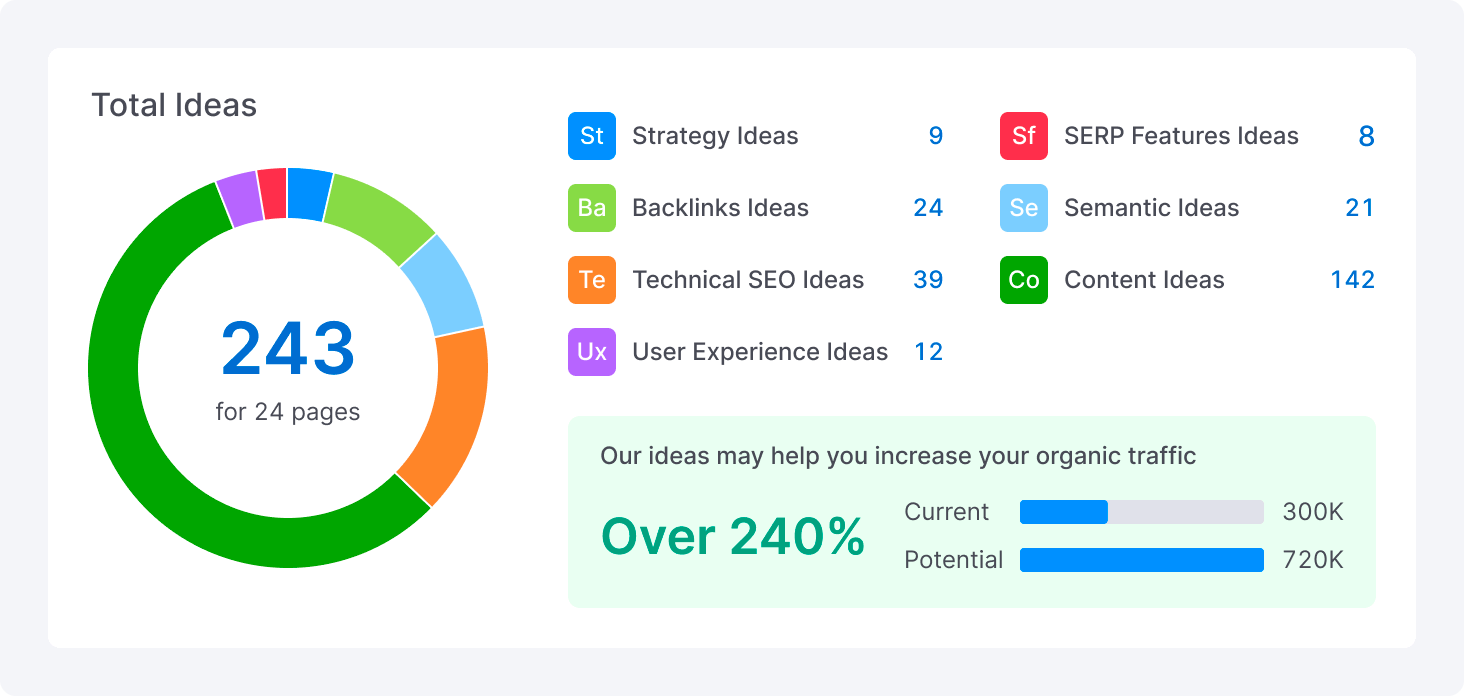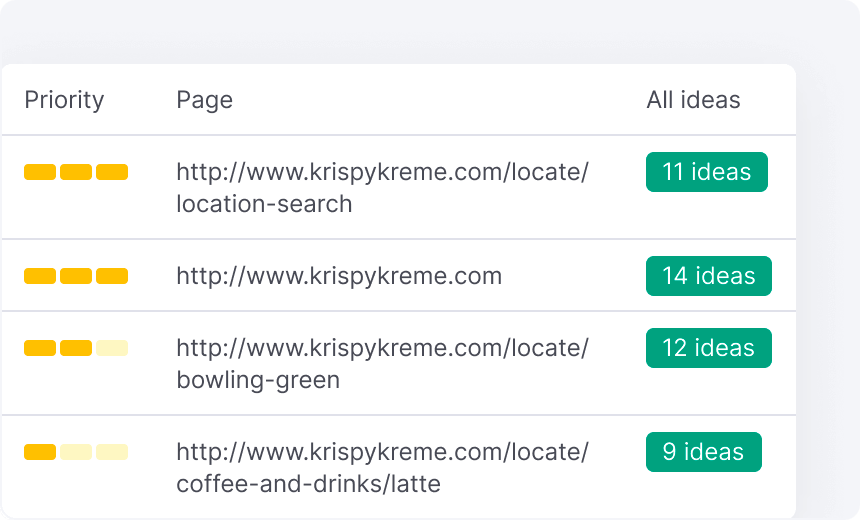Extensive Evaluation: What Is Not Considered a Default Medium in Google Analytics
Extensive Evaluation: What Is Not Considered a Default Medium in Google Analytics
Blog Article
Thinking Outside package: Leveraging Non-traditional Tools to Optimize Google Analytics Performance
In the realm of digital advertising, the quest for boosted Google Analytics efficiency has actually come to be a tactical critical for businesses looking for to improve their online presence. Typical approaches commonly fall short in recording the complete spectrum of consumer interactions and actions. By exploring non-traditional tools as methods of data collection, a brand-new world of possibilities arises. These uncharted regions use a riches of untapped understandings that might potentially revolutionize the means we comprehend and optimize our digital techniques.
Unique Information Resources

CRM systems, as an example, can offer insights into specific client interactions, acquisition background, and choices, which can be integrated with Google Analytics information to produce more individualized advertising techniques. Social media platforms offer beneficial information on user demographics, passions, and interaction metrics, enabling businesses to determine the efficiency of their social networks campaigns and maximize content for far better performance. Email marketing information, including open prices, click-through rates, and conversion metrics, can also be leveraged to track user interaction and behavior beyond site interactions recorded by Google Analytics. By leveraging these special information resources, businesses can improve their strategies, enhance targeting initiatives, and enhance overall Google Analytics efficiency.
Social Network Insights

In addition, social media analytics devices allow businesses to track key efficiency indicators, display campaign effectiveness, and gauge the influence of their on-line activities. Recognizing the demographics of followers, identifying popular web content themes, and reviewing engagement levels can aid services customize their advertising strategies for better results.
Offline Marketing Assimilation
Integrating offline advertising and marketing methods with digital analytics can improve total project performance and give a more detailed understanding of customer habits. what is not considered a default medium in google analytics. By bridging the space in between online and offline initiatives, services can track the effect of typical marketing channels such as print advertisements, TV commercials, straight mail, and occasions on their on the internet visibility

Additionally, carrying out phone call radar for offline advertising activities makes it possible for services to catch important information on consumer queries generated via published materials or advertisements (what is not considered a default medium in google analytics). By assessing telephone call data along with on the internet metrics in Google Analytics, companies can acquire deeper understandings into the client journey and optimize advertising and marketing methods for improved efficiency across all channels
IoT and Wearable Modern Technology
Using IoT and wearable modern technology in digital analytics can revolutionize data collection and consumer understandings for companies looking for a much deeper understanding of informative post customer behavior patterns. These ingenious technologies use a seamless way to gather real-time information from various touchpoints. IoT gadgets can track user communications redirected here with service or products, supplying useful information on usage patterns and choices. Wearable modern technology, such as smartwatches or health and fitness trackers, can offer insights right into customer activities, wellness metrics, and even place information.
Gamification Methods
The implementation of gamification techniques in digital analytics provides a cutting-edge approach to improving customer involvement and driving workable understandings for businesses. By integrating game-like components such as factors, badges, leaderboards, and compensates right into the analytics user interface, companies can motivate individuals to communicate a lot more frequently and meaningfully with the information.
Gamification motivates individuals to check out different functions of the analytics system, revealing beneficial understandings that could have or else gone undetected. Via interactive obstacles and progression monitoring, customers are incentivized to dive much deeper right into the data, resulting in boosted time invested on the system and a higher chance of uncovering essential trends or patterns.
Furthermore, gamification can foster a feeling of competition amongst users, stimulating them to make every effort for website link higher performance and engagement levels. This competitive spirit can drive enhanced user adoption rates and an extra extensive utilization of the analytics tools offered. Inevitably, by leveraging gamification techniques in electronic analytics, organizations can produce a more productive and interesting environment for users, leading to even more informed decision-making and boosted total efficiency.
Conclusion
Finally, leveraging unconventional mediums such as special data resources, social media understandings, offline advertising and marketing integration, IoT and wearable innovation, and gamification strategies can optimize Google Analytics performance. By thinking outside package and checking out these alternate resources of information, businesses can acquire beneficial understandings and enhance their overall advertising methods. It is necessary for firms to continuously discover new means to collect information and analyze it in order to remain in advance in the ever-evolving electronic landscape.
By including data from resources such as customer partnership monitoring (CRM) systems, social media platforms, and e-mail marketing projects, companies can obtain a much more detailed understanding of their audience behavior and involvement patterns. Social media platforms supply useful information on user demographics, interests, and involvement metrics, enabling organizations to determine the efficiency of their social media campaigns and optimize material for better efficiency. By leveraging these one-of-a-kind data resources, organizations can improve their strategies, boost targeting initiatives, and enhance general Google Analytics efficiency.
Discovering social media understandings can give businesses with beneficial data on user demographics, rate of interests, and interaction metrics, enabling for informed decision-making and critical optimization of marketing efforts. By thinking outside the box and discovering these alternative resources of data, companies can get beneficial understandings and boost their total marketing strategies.
Report this page